44 organic food standards and labels the facts
Facts about Organic Food that You Didn't Know - Ecolonomics Let's consider the facts and see if it is really worth going organic. Organic foods are regulated by the U.S. Department of Agriculture (USDA). All food bearing this seal are required to be grown, harvested, and processed according to national standards that include restrictions on types, amounts, and residues of pesticides, hormones, and ... Organic food - Wikipedia Organic food, ecological food or biological food are food and drinks produced by methods complying with the standards of organic farming. Standards vary worldwide, but organic farming features practices that cycle resources, promote ecological balance, and conserve biodiversity.
What Does Organic Mean? The Facts about Organic Food Standards and Labels Only food labeled "organic" has been certified as meeting USDA organic standards. For more detailed information on the USDA organic standards, visit the USDA National Organic Program website or call the National Organic Program at 202-720-3252, or write USDA-AMS-TM-NOP, Room 4008 S. Bldg., Ag Stop 0268, 1400 Independence, SW, Washington, DC 20250.

Organic food standards and labels the facts
Labeling Organic Products | Agricultural Marketing Service What do the four different organic labels mean? "100 Percent Organic" Used to label any product that contains 100 percent organic ingredients (excluding salt and water, which are considered natural) Most raw, unprocessed or minimally processed farm crops can be labeled "100 percent organic" Organic Production/Organic Food: Information Access Tools Organic food is produced by farmers who emphasize the use of renewable resources and the conservation of soil and water to enhance environmental quality for future generations. Organic meat, poultry, eggs, and dairy products come from animals that are given no antibiotics or growth hormones. The Organic Seal | Agricultural Marketing Service The labeling requirements of the NOP apply to raw, fresh products and processed products that contain organic agricultural ingredients. Agricultural products that are sold, labeled, or represented as organic must be produced and processed in accordance with the NOP standards.
Organic food standards and labels the facts. 32 Organic Food Statistics and Facts for a Nutritious 2021 Organic food industry growth statistics show that with a CAGR of 11.1%, the market will reach $98.9 billion by 2024. 16. In 2018, the global organic coffee market was valued at $6.8 billion. (Allied Market Research) With a CAGR of 8.2%, the global organic coffee market is expected to reach $12.6 billion by 2026. Organic Food Standards and Labels: The Facts - MedicineNet Only food labeled "organic" has been certified as meeting USDA organic standards. For more detailed information on the USDA organic standards, visit our web site at , call the National Organic Program at 202-720-3252, or write USDA-AMS-TM-NOP, Room 4008 S. Bldg., Ag Stop 0268, 1400 Independence, SW, Washington, DC 20250. What do you Know About Organic Foods? - IFT.org The term organic reflects how a food is produced and processed, not the nutritional make-up of a food. There is a prevailing belief that organic food products are somehow healthier, or better for you, than non-organic or "conventional" products. Recent research, including a 2012 Stanford University study, has confirmed that organic foods ... Organic food and farming: scientific facts and consumer perceptions | Eufic 1. Introduction. Organic farming in the EU is a system of agriculture and food production that combines favourable environmental and animal welfare standards and is supported by EU law (Regulations (EC) No 834/2007 (1) and 889/2008/EC (2)). The organic production system strives for minimal disruption of the natural equilibrium while ensuring ...
Organic Food: False Labeling Is Not Uncommon | National Review Most alarming is the importation of allegedly organic grains from Ukraine, Turkey, India, and China, countries with uncertain food-safety standards, to use as animal feed. Any organic meat or ... Organic on Food Labels | FDA Organic on Food Labels FDA does not regulate the use of the term "organic" on food labels. The National Organic Program (NOP) is the federal regulatory framework governing organically produced... Organic foods: Are they safer? More nutritious? - Mayo Clinic The USDA guidelines describe organic foods on product labels as:. 100% organic. This label is used on certified organic fruits, vegetables, eggs, meat or other foods that have one ingredient. It may also be used on food items with many ingredients if all the items are certified organic, except for salt and water. Food Labeling - USDA The FDA assures that most prepared foods, such as bread, cereals, canned and frozen foods, snacks, desserts, drinks, etc., are safe, wholesome, and properly labeled. The National Organic Program (NOP), a regulatory program housed within the USDA Agricultural Marketing Service, develops organic food labeling standards
Organic Food - FoodFacts 'Organic in conversion' means that the production system of the food has adhered to organic standards for at least one year but which does not qualify as fully organic yet. The process of converting to fully certified organic production could take up to three years. ... At least 95% organic, can carry the label 'organic'. Foods made ... 24 Organic Food Statistics & Facts for a Much Healthier 2022 Some of the most popular organic produce include greens, bananas, carrots, avocados, cauliflower, and tropical fruits like mangos. 13. 5.7% of food sold in the US is organic, based on healthy food industry statistics. (GlobeNewswire) It is safe to say that the organic market ceased being niche. Organic vs. Non-Organic Food Facts - Connected Women Organic-Must-Buy. The Environmental Working Group says that 99% of apples, 98% of peaches and 97% of nectarines are all positive for at least one pesticide residue. Most of all non-organic grapes and bell peppers tested positive for 15 different pesticides while cherry tomatoes, snap peas and strawberries showed 13 different pesticides. Meat and Poultry Labeling Terms | Food Safety and Inspection Service Here from USDA's Food Safety and Inspection Service (FSIS) is a glossary of meat and poultry labeling terms. FSIS is the agency responsible for ensuring the truthfulness and accuracy in labeling of meat and poultry products. Knowing the meaning of labeling terms can make purchasing of meat and poultry products less confusing. BASTED or SELF BASTED
50 Interesting Organic Food Facts | FactRetriever.com Organic food labeling standards are based on the percentage of organic ingredients in a product. Products labeled "100% organic" must contain only organically produced ingredients. Products labeled "organic" must contain at least 95% organically produced ingredients.
Organic Food: 1. Introduction - GreenFacts The principles governing organic food in the European Union (EU) are defined in Regulation No 834/2007 and Regulation No 889/2008 on organic production and labelling. This method of production pursues the respect of nature's systems and cycles, a high level of biodiversity, responsible use of energy and natural resources such as water, soil, organic matter and air, and high animal welfare ...
11 Facts About Organic Food | DoSomething.org By law, U.S. organic farmers are required to raise animals without the use of antibiotics or synthetic growth hormones. Plus, organic farmers must provide animals with 100% organic feed and safe, clean, cage-free living conditions. [3] Packages that contain the USDA Organic seal may have up to 100% organic ingredients included. [4]

What Does it Really Mean When Food is Labeled as ‘Organic’? | Organic health, Food labels ...
Organic food: labelling and advertising rules - GOV.UK When you can label your product as 'organic'. You can only label foods as 'organic', or use terms relating to organic production methods, if: all other ingredients, additives and ...
Organic 101: What the USDA Organic Label Means This is the third installment of the Organic 101 series that explores different aspects of the USDA organic regulations. Amidst nutrition facts, ingredients lists, and dietary claims on food packages, "organic" might appear as one more piece of information to decipher when shopping for foods. So understanding what "organic" really means can help shoppers make informed choices during ...
All About Organic Foods | Food Safety and Health · We share the relevant. Along with the national organic standards, USDA developed strict labeling rules to help consumers know the exact organic content of the food they buy. The USDA Organic seal also tells you that a product is at least 95 percent organic. Single-ingredient foods

Organic Food Facts… | The Food Cop | Organic recipes, Benefits of organic food, Food facts
Organic Standards | OTA Organic food contains no artificial flavors, colors or preservatives. Minor non-organic ingredients used in processed organic food must come from a list of approved substances, known as the "National List", that have been evaluated for safety and their impact on both human and environmental health.
Understanding the USDA Organic Label Understanding what the organic label means can help shoppers make informed purchasing choices. Organic is a labeling term found on products that have been produced using cultural, biological, and mechanical practices that support the cycling of on-farm resources, promote ecological balance, and conserve biodiversity.
Organic Food: Fact vs. Perception - American Heart Association To be considered "organic," an agricultural product or animal must be grown or raised according to specifications of the U.S. Department of Agriculture. For agricultural products, these requirements include nonuse of hormones, pesticides, irradiation or bioengineering.
Organic - Open Food Facts Organic food is food produced by methods complying with the standards of organic farming and features practices that cycle resources, promote ecological balance, and conserve biodiversity. Products that have the label Organic 145,193 products Recently modified products Explore products by... Pages: 1 2 3 4 … 1450 1451 1452 Next
The Organic Seal | Agricultural Marketing Service The labeling requirements of the NOP apply to raw, fresh products and processed products that contain organic agricultural ingredients. Agricultural products that are sold, labeled, or represented as organic must be produced and processed in accordance with the NOP standards.
Organic Production/Organic Food: Information Access Tools Organic food is produced by farmers who emphasize the use of renewable resources and the conservation of soil and water to enhance environmental quality for future generations. Organic meat, poultry, eggs, and dairy products come from animals that are given no antibiotics or growth hormones.
Labeling Organic Products | Agricultural Marketing Service What do the four different organic labels mean? "100 Percent Organic" Used to label any product that contains 100 percent organic ingredients (excluding salt and water, which are considered natural) Most raw, unprocessed or minimally processed farm crops can be labeled "100 percent organic"
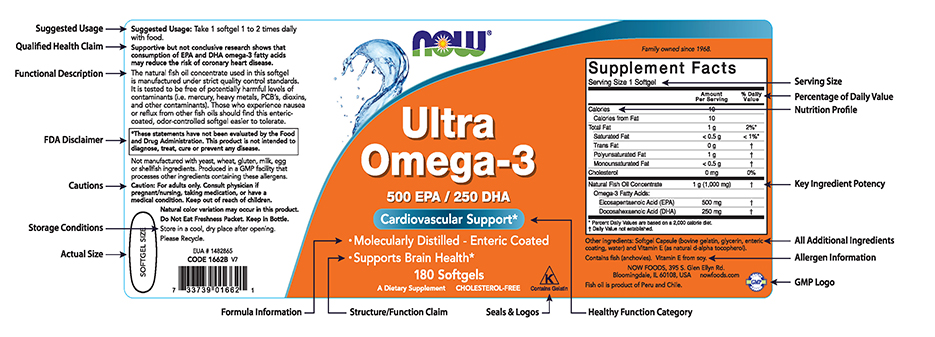

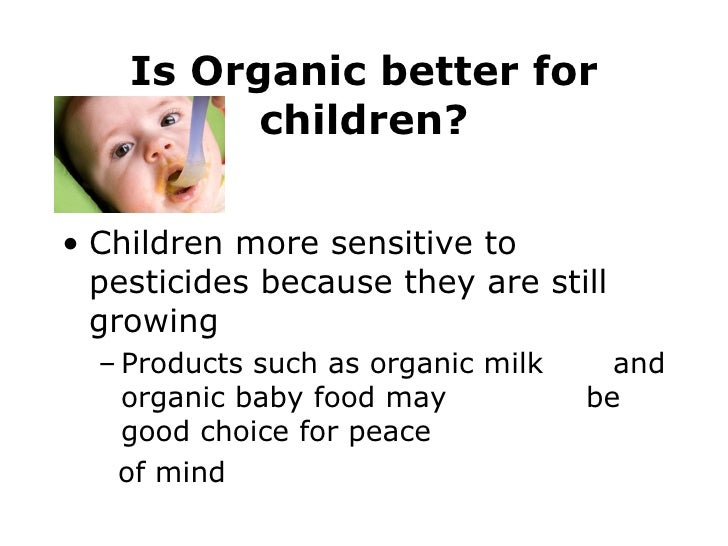
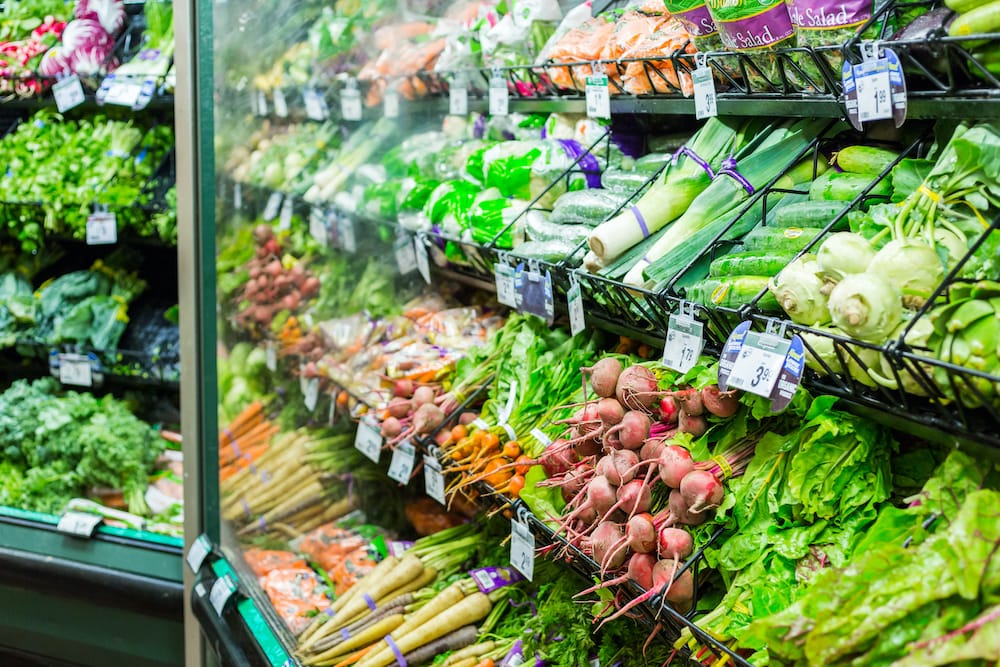
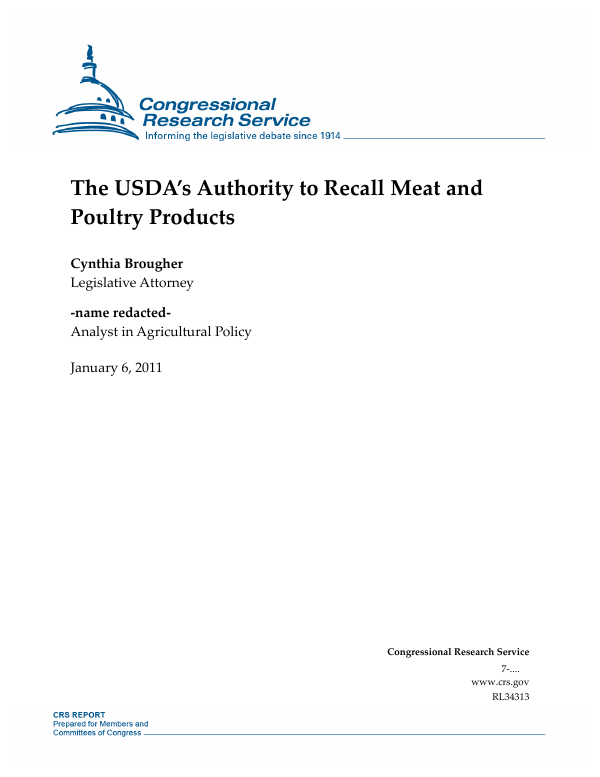
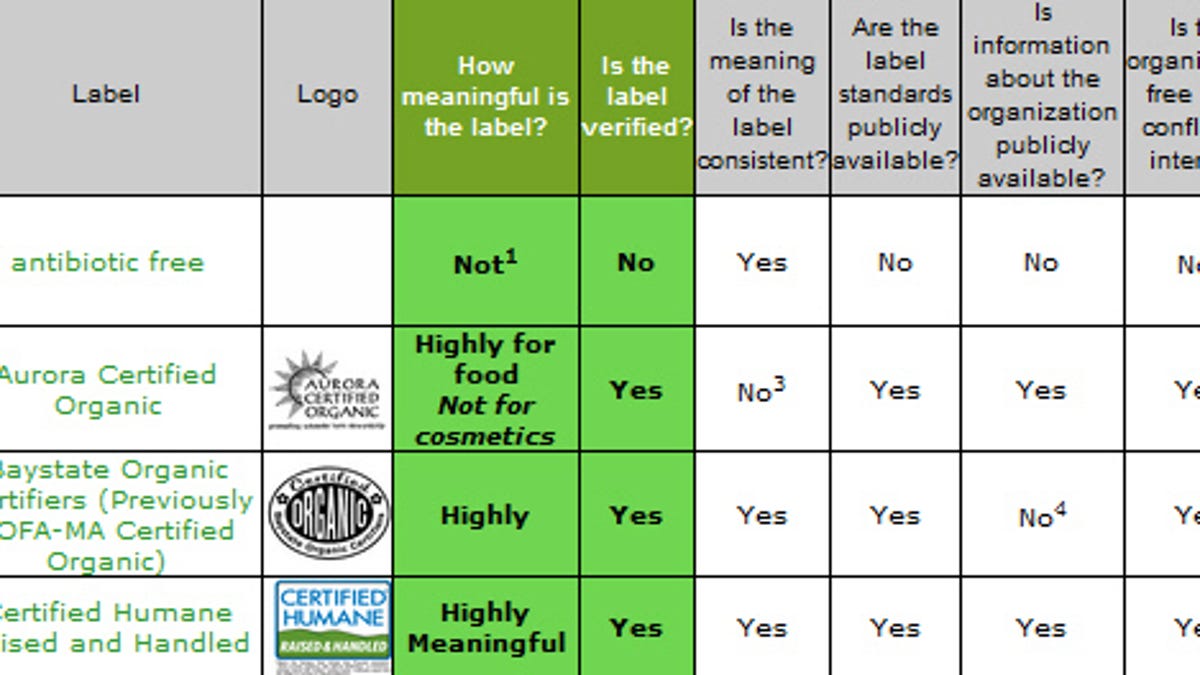
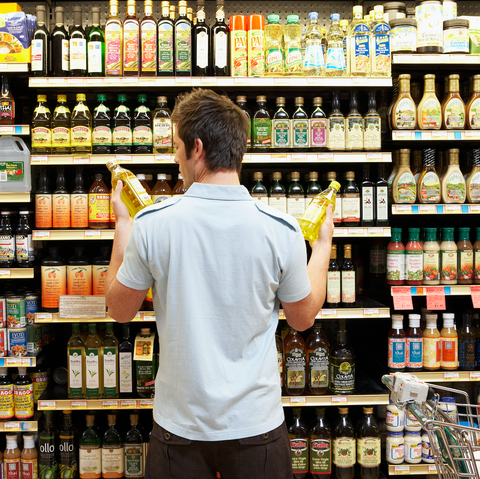



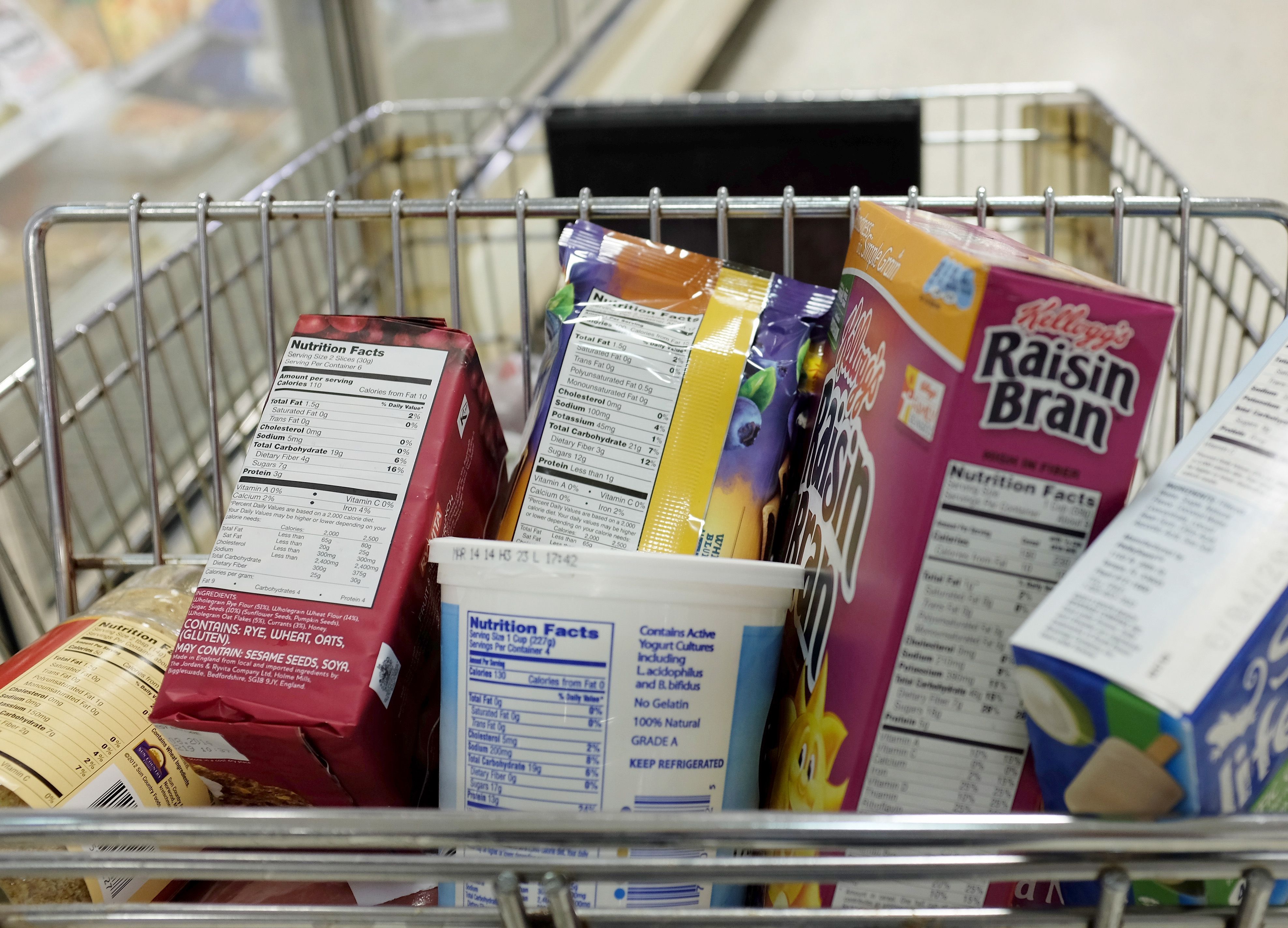
Post a Comment for "44 organic food standards and labels the facts"